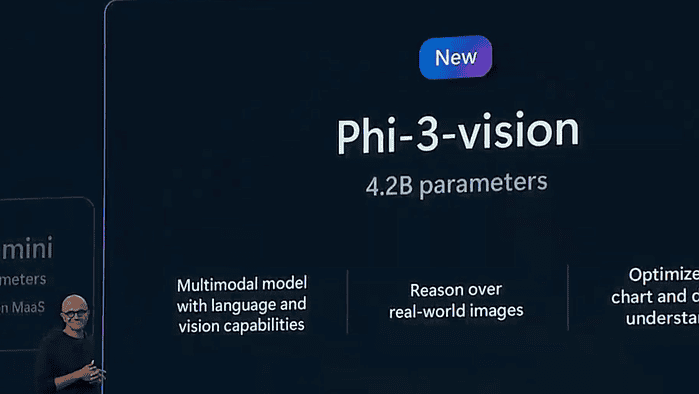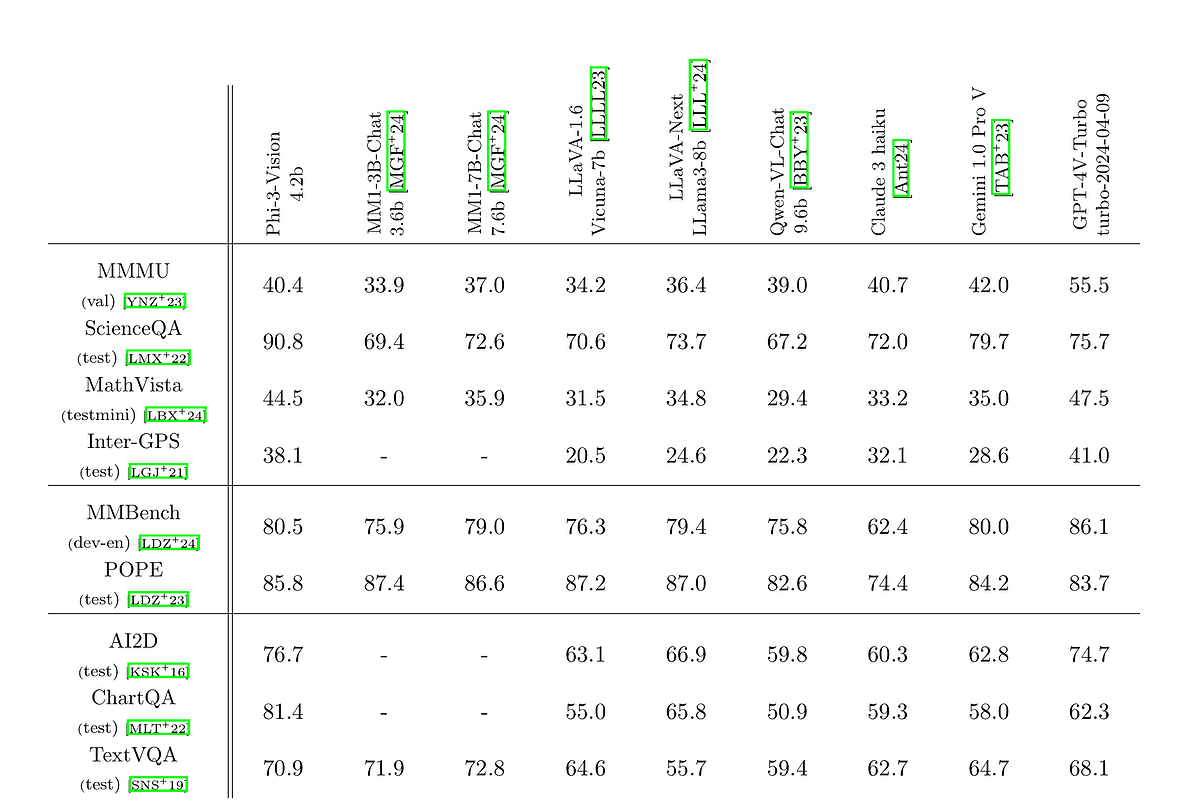Benchmark suggests Phi-3-vision is on-par with Claude 3-haiku & Gemini 1.0 Pro, if not better
Microsoft launched Phi-3-vision a little while ago.
2 min. read
Updated on
Read our disclosure page to find out how can you help MSPoweruser sustain the editorial team Read more
Key notes
- Microsoft launched Phi-3-vision a little while ago.
- Now, recent benchmark suggests it’s on par with other smaller models, if not better.
- The small model itself is now available for preview.

Microsoft launched Phi-3-vision, the latest addition to the Phi-3 family, a little while ago during the Build 2024 conference. The new multimodal SLM for on-device AI scenarios has a vast parameter count of 4.2 billion, capable of giving support for general visual reasoning tasks and others.
How good is Phi-3-vision, you may ask? A recently published paper suggests that it’s on par with other small models like Claude 3-haiku & Gemini 1.0 Pro. It puts Phi-3-vision against some of the popular AI benchmarks, like MMMU (college-level knowledge).

As you can see, in some cases, like ScienceQA, MathVista, and ChartQA for example, Phi-3-vision still remains superior to its competitors in smaller models.
Phi-3-vision, with 4.2 billion parameters, handles visual reasoning and chart/graph/table analysis. It can process images and text to provide text responses, such as answering questions about charts or images. Unlike larger models like DALL-E or Stable Diffusion, Phi-3-vision doesn’t generate images but understands and analyzes them.
Phi-3-vision itself is now available for preview. Additionally, Phi-3-mini and Phi-3-medium models are now available through Azure AI’s MaaS offering.
Besides Phi-3-vision, Microsoft also launched the Phi Silica model. It will be shipped as a part of Windows to power generative AI apps, which are cost & energy-friendly, and “custom-built for the NPUs in Copilot+ PCs.”
“With full NPU offload of prompt processing, the first token latency is at 650 tokens/second – and only costs about 1.5 Watts of power while leaving your CPU and GPU free for other computations,” Microsoft adds.








User forum
0 messages